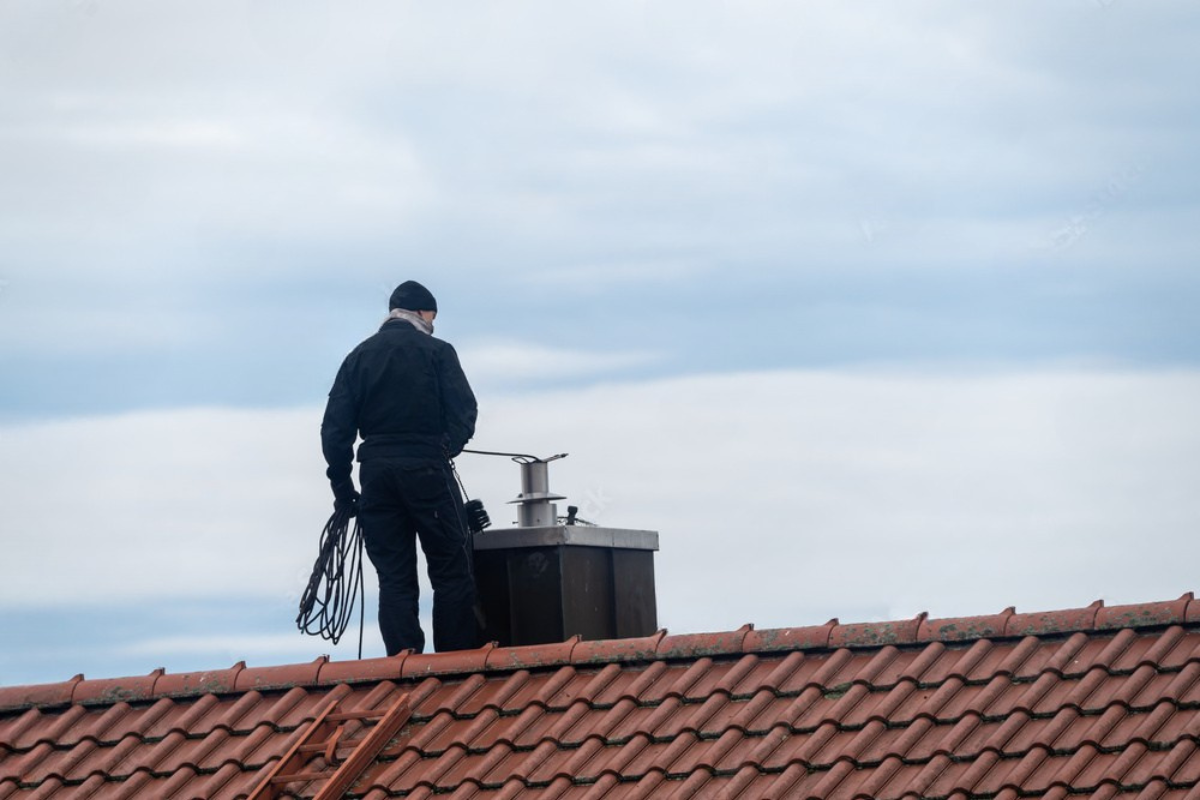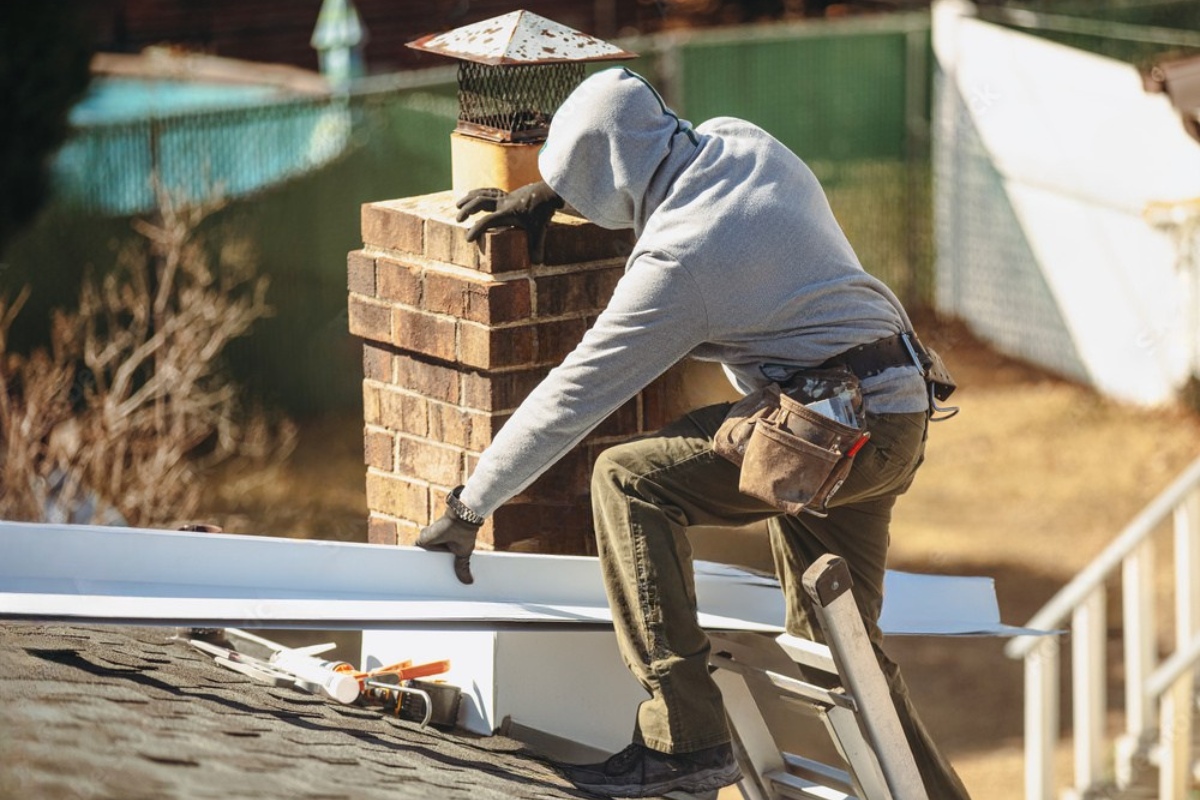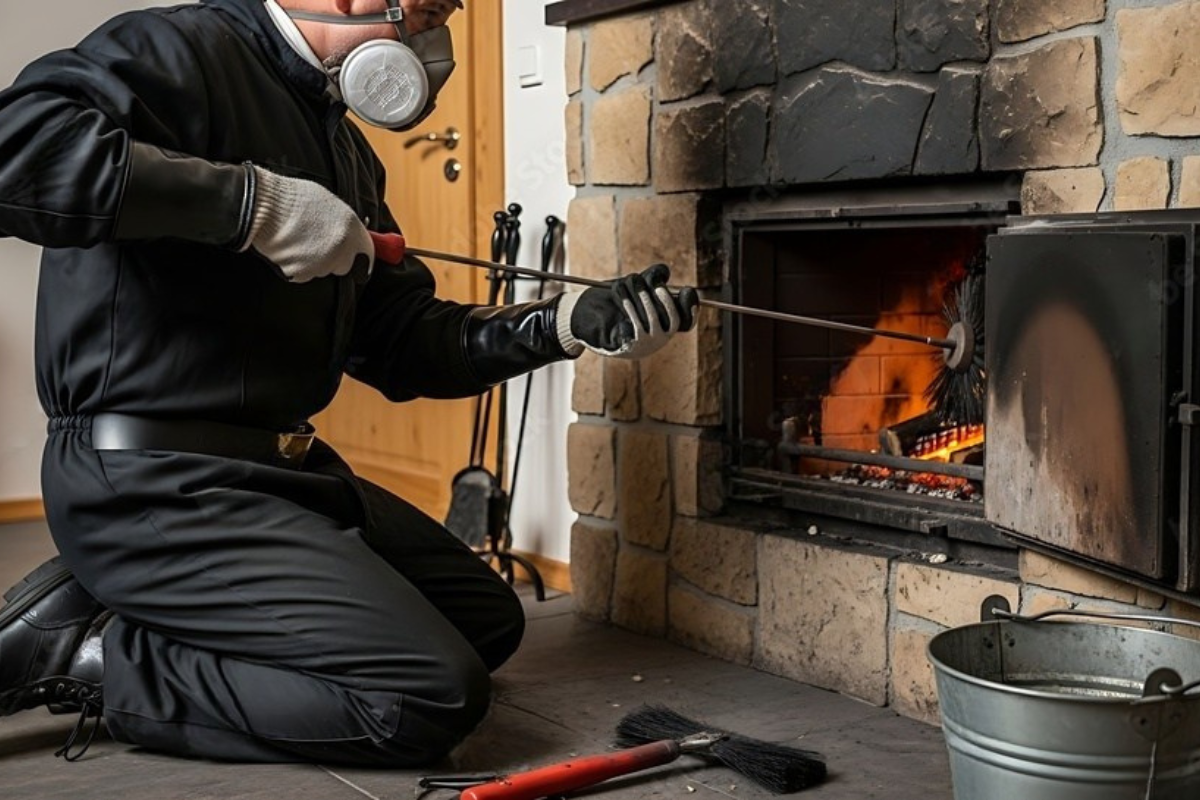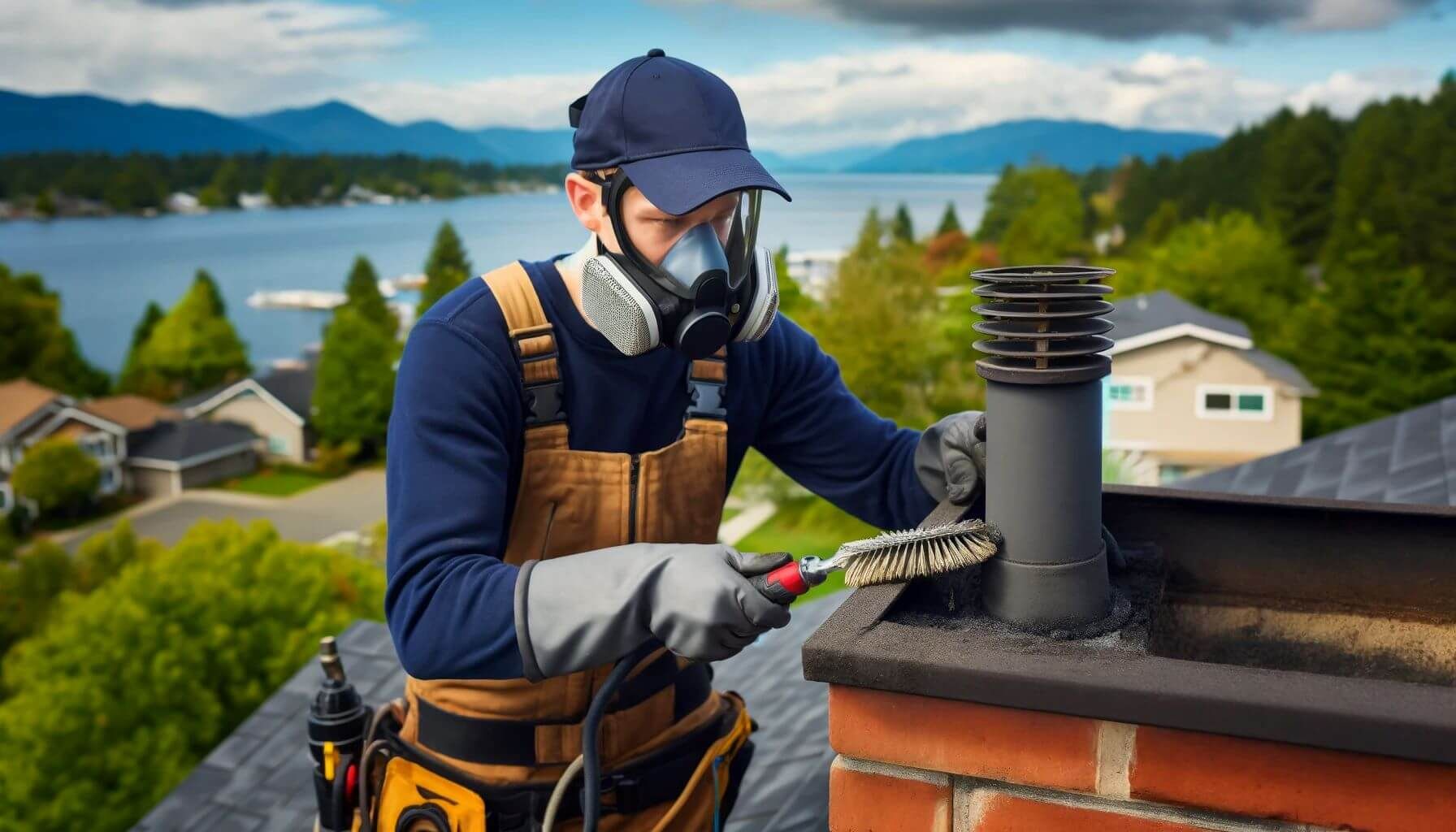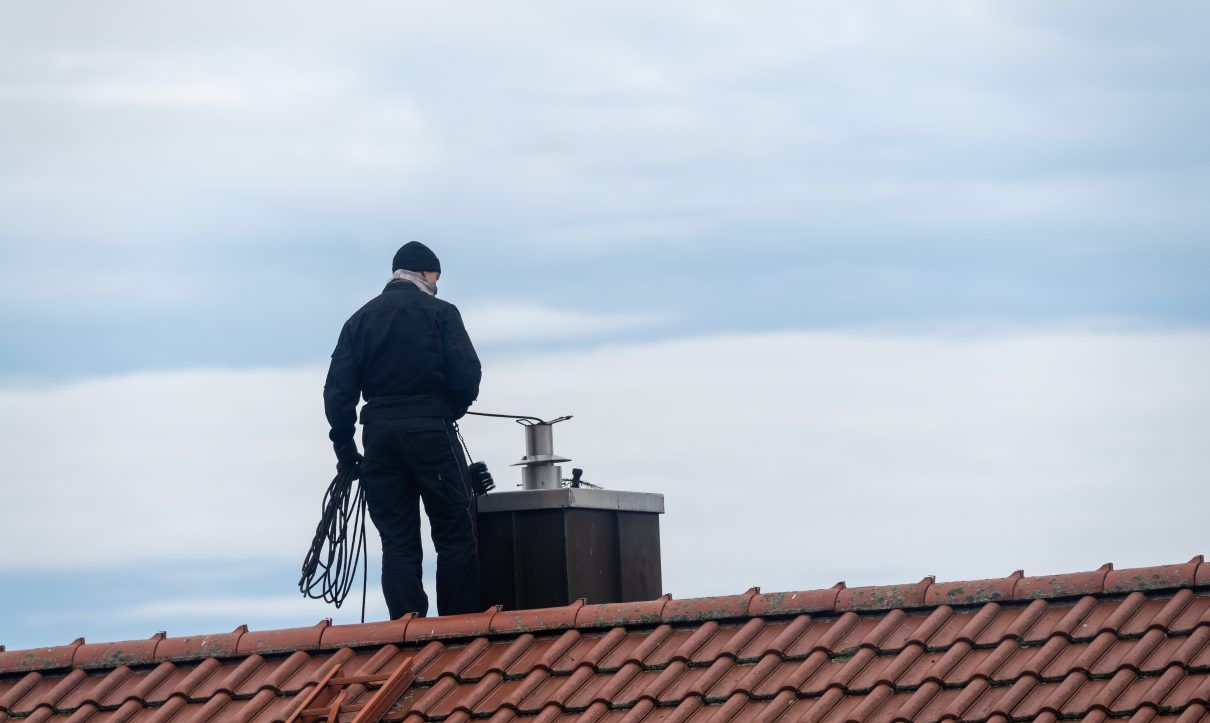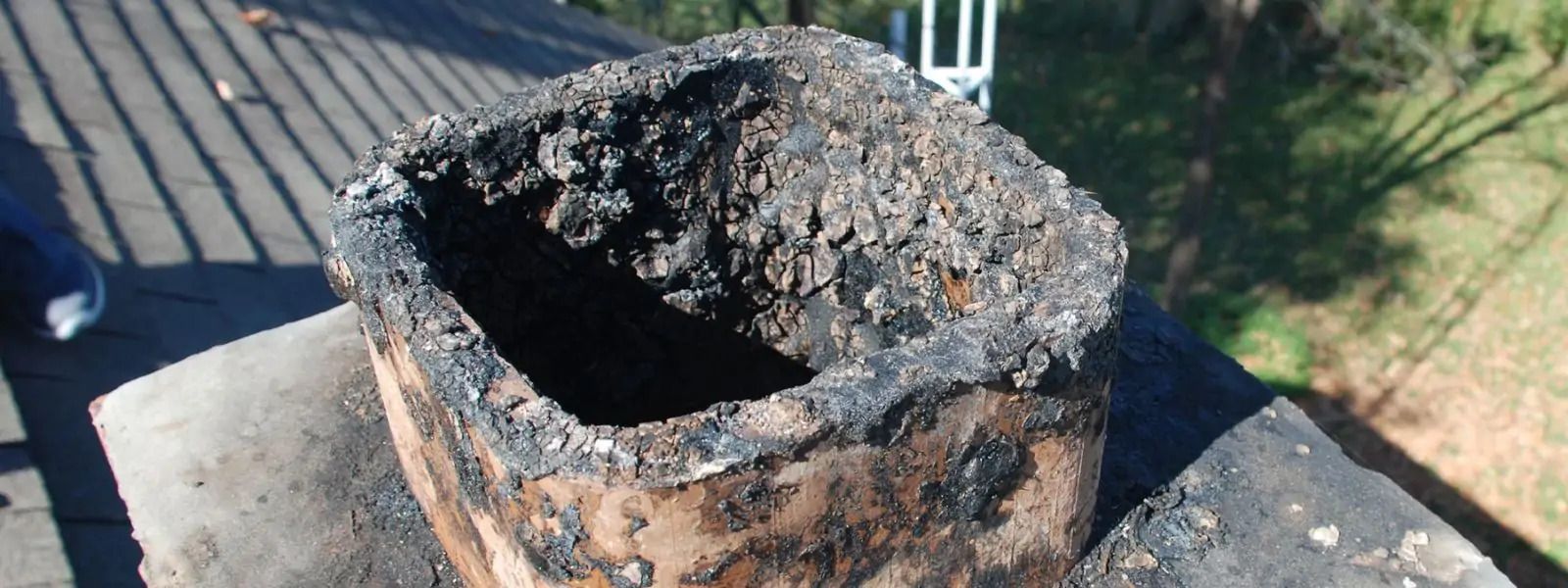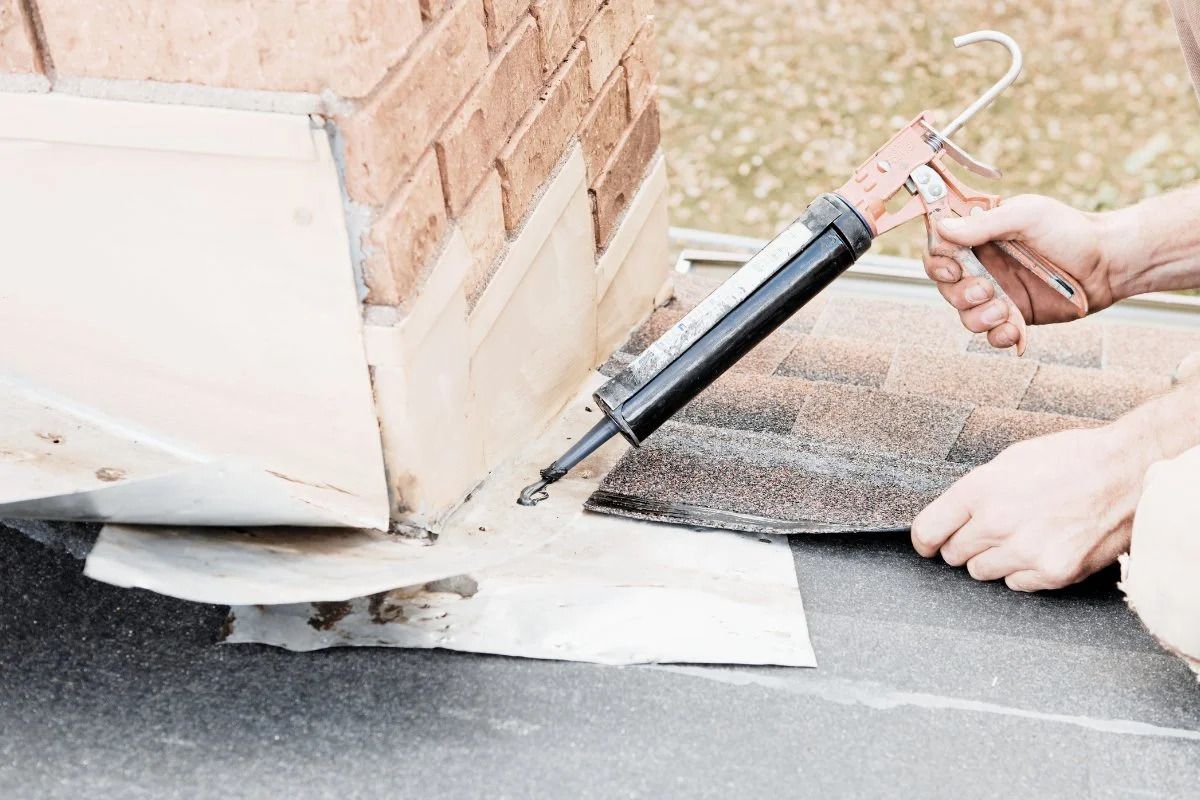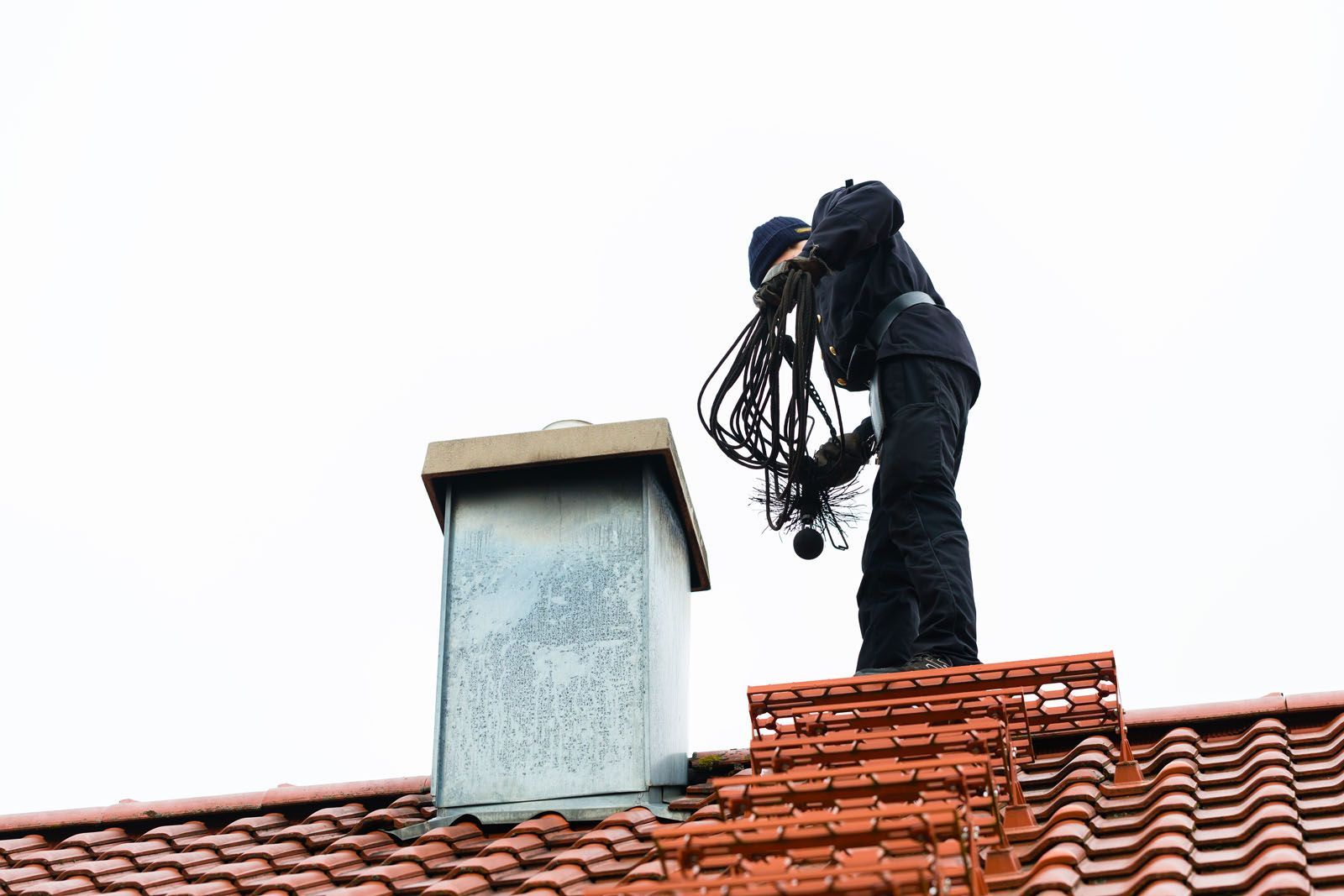Preserving Your Portland Home: How Tuckpointing Prevents Full Chimney Demolition
A Personal Journey of Chimney Salvation
I'll never forget the day I almost lost my beloved Portland home's historic chimney. It was a chilly October morning when I noticed the first signs of trouble – tiny cracks, crumbling mortar, and a sense of impending structural doom. Little did I know, this moment would lead me on a journey of discovery about the magical world of tuckpointing and chimney preservation.

The Hidden Dangers Lurking in Your Chimney
Understanding Chimney Deterioration Chimneys are silent guardians of our homes, but they're constantly battling the harsh elements of Portland's unpredictable weather. Moisture, freeze-thaw cycles, and time itself conspire to break down the mortar between your bricks, creating vulnerabilities that can lead to catastrophic damage.
Common Signs of Chimney Damage Watch out for these warning signs:
- Crumbling mortar
- Visible cracks in brickwork
- Water stains inside your home
- Loose or shifting bricks
- White, powdery residue (efflorescence)
Why Portland's Climate Impacts Chimney Longevity
Our beautiful coastal city's climate is particularly harsh on masonry structures. The combination of salty air, frequent rainfall, and dramatic temperature changes creates a perfect storm for chimney deterioration.
What is Tuckpointing? A Homeowner's Guide
The Science Behind Tuckpointing Tuckpointing is like a surgical procedure for your chimney. It involves carefully removing damaged mortar and replacing it with new, strong material that protects your chimney's structural integrity. Think of it as a rejuvenation treatment that adds years – even decades – to your chimney's life.
Traditional vs. Modern Tuckpointing Techniques While traditional methods relied on manual labor and basic tools, modern waterproofing techniques now incorporate advanced materials and precision technologies.
Waterproofing: The Secret Weapon Against Chimney Decay
How Moisture Destroys Chimney Structures Water is the silent enemy of any masonry structure. It seeps into tiny cracks, expands when frozen, and gradually breaks down your chimney from the inside out. In Portland's climate, this process can accelerate rapidly.
Stainless Steel Liners and Water Protection Installing stainless steel liners provides an additional layer of protection, preventing moisture intrusion and protecting your home from potential fire hazards.

The Cost of Neglect vs. Preventive Maintenance
Calculating Repair vs. Demolition Expenses Let me break down the numbers for you:
- Full Chimney Demolition: $5,000 - $10,000
- Tuckpointing and Waterproofing: $500 - $2,000
The math is simple – prevention is dramatically cheaper than replacement.
Step-by-Step Tuckpointing Process
- Professional Assessment
- Detailed Cleaning
- Mortar Removal
- Precise Mortar Replacement
- Finishing and Waterproofing
When to Call the Professionals
If you notice any of these red flags, it's time to contact us:
- More than 25% mortar deterioration
- Visible structural shifts
- Water penetration
- Age of chimney over 20 years
Conclusion
Preserving your chimney isn't just about maintaining a structure – it's about protecting your home's heart and history. Tuckpointing offers a lifeline to your chimney, preventing costly demolition and maintaining your property's value.
Key Takeaways
- Tuckpointing prevents full chimney demolition
- Early intervention saves thousands of dollars
- Portland's climate requires proactive maintenance
- Professional assessment is crucial
Frequently Asked Questions
Q: How often should I have my chimney inspected?
A: Annually, preferably before winter.
Q: Can I do tuckpointing myself?
A: While DIY is tempting, professional chimney services ensure proper technique and long-lasting results.
Q: How long does tuckpointing last?
A: With proper maintenance, 25-30 years.

